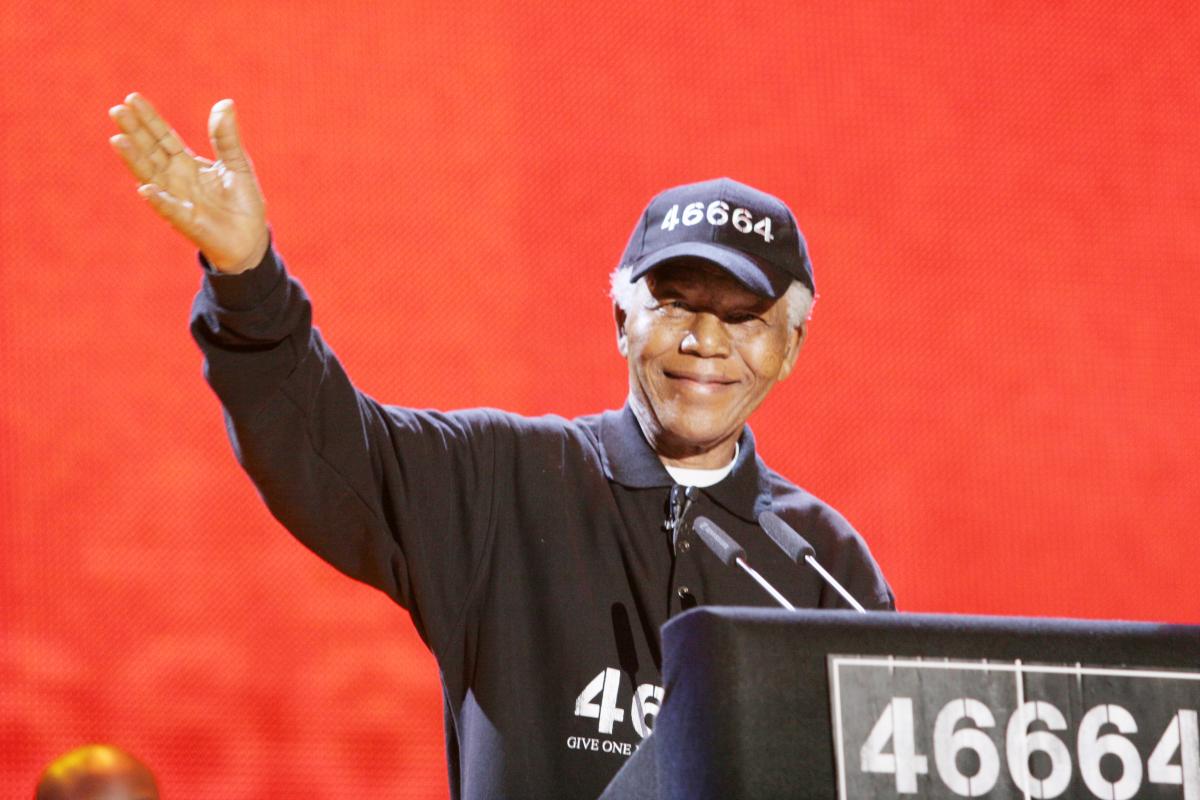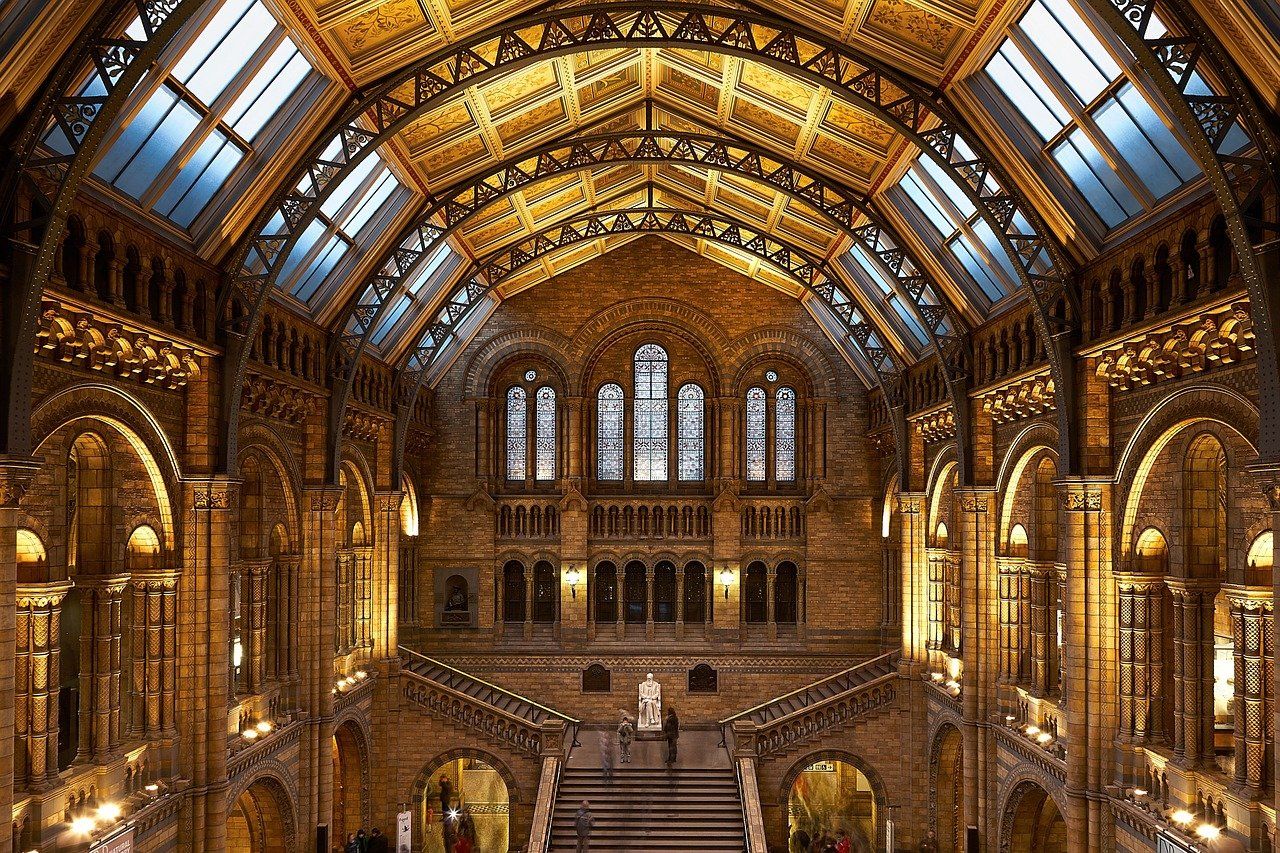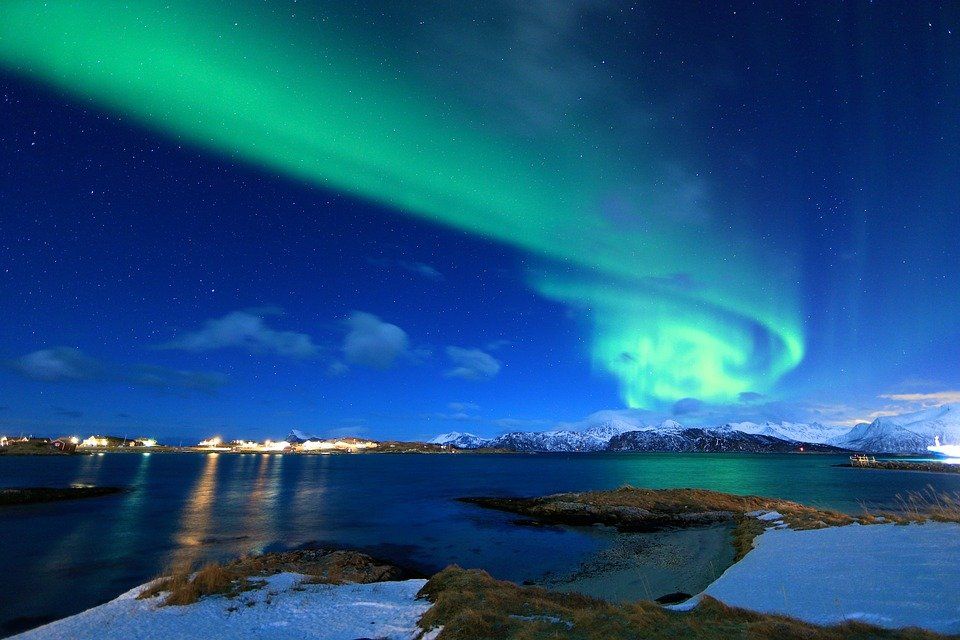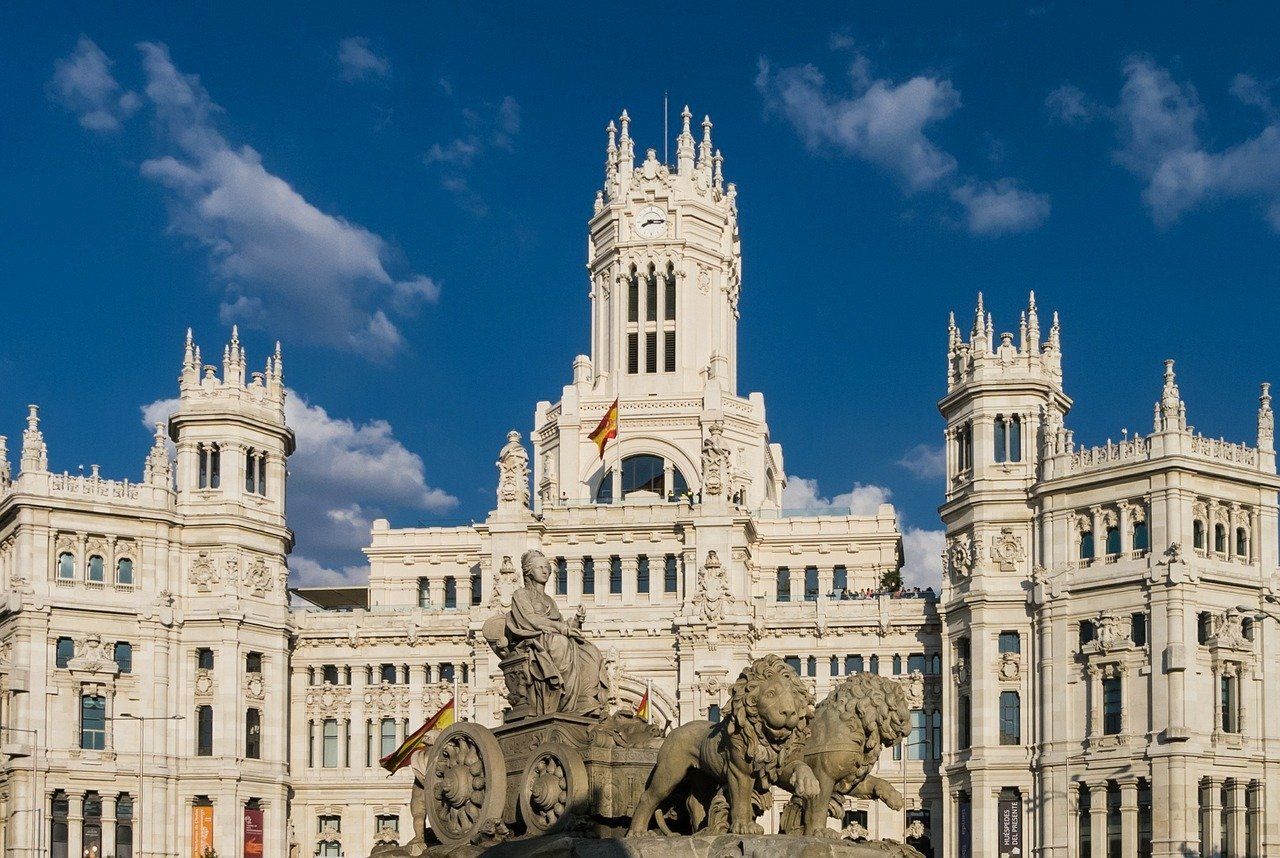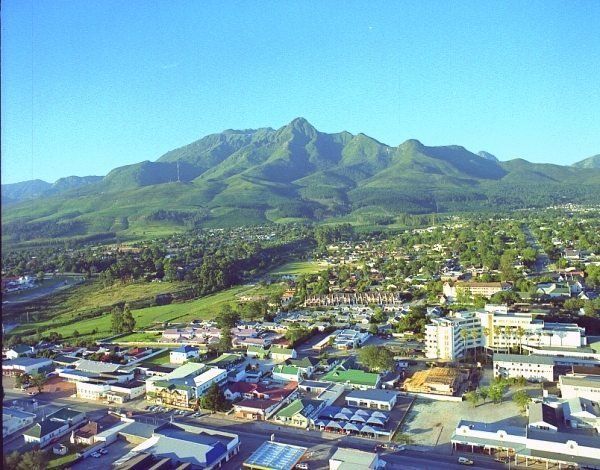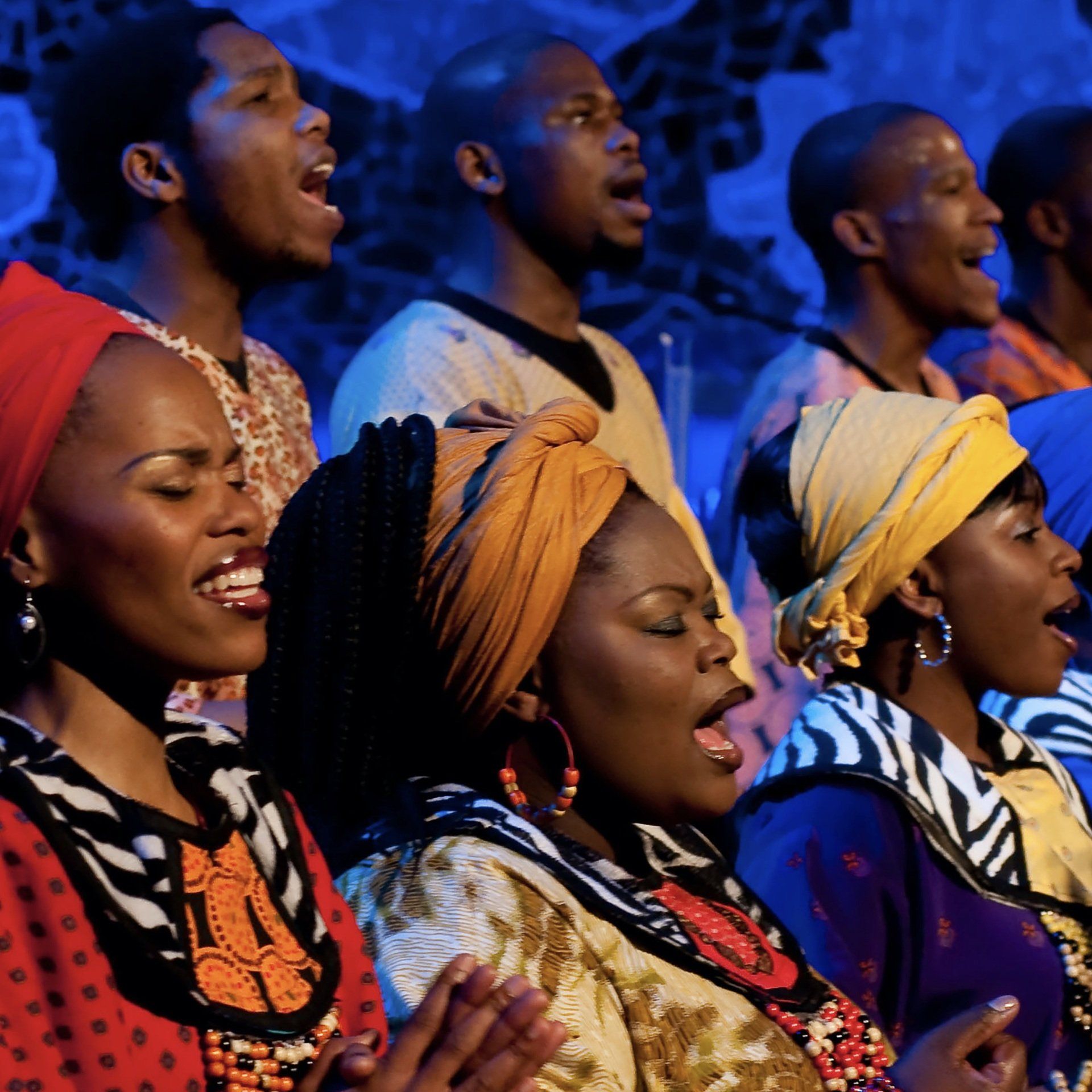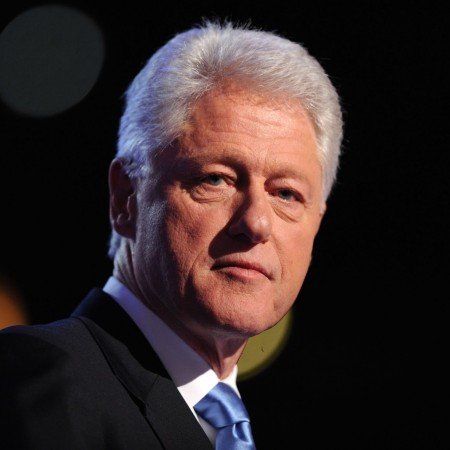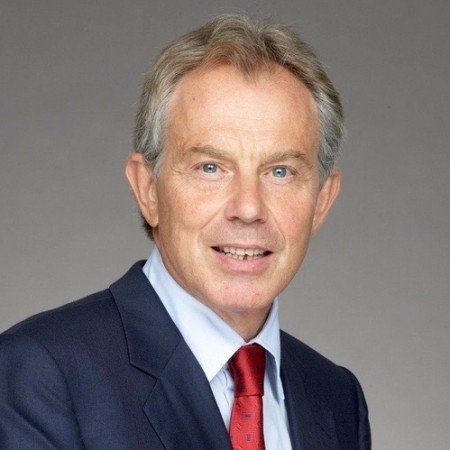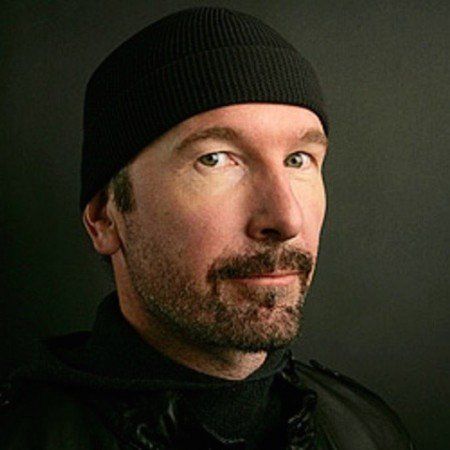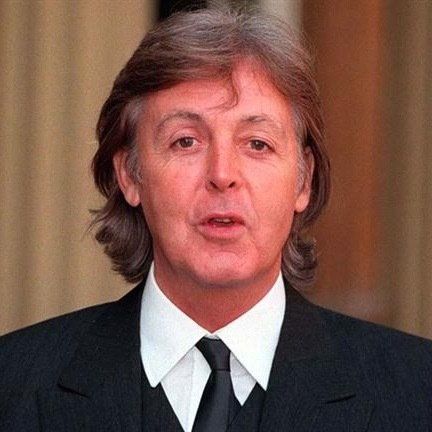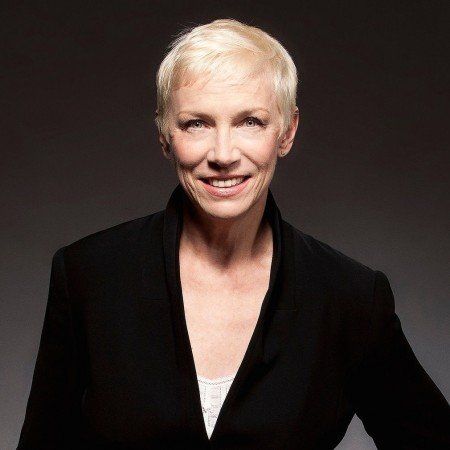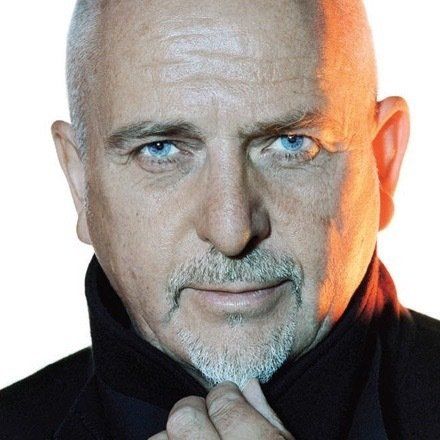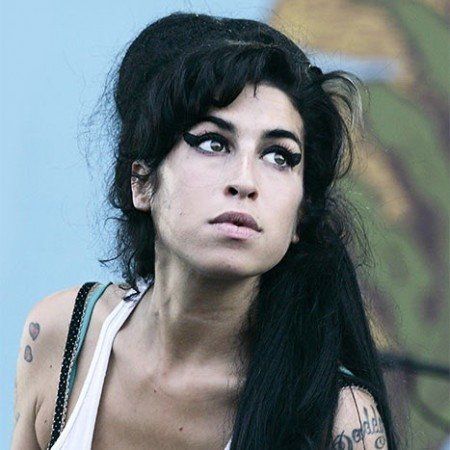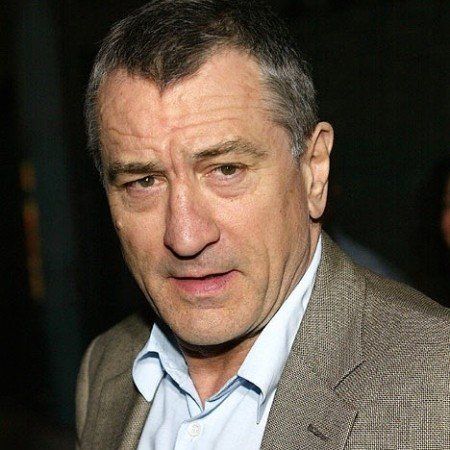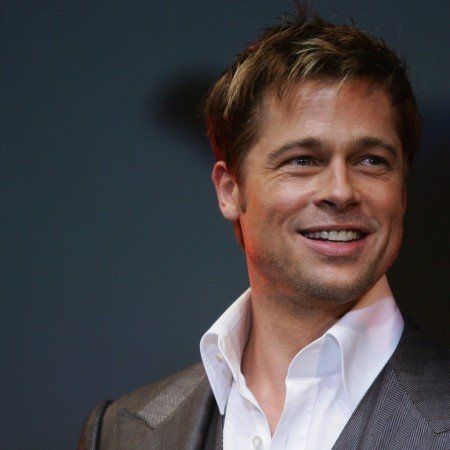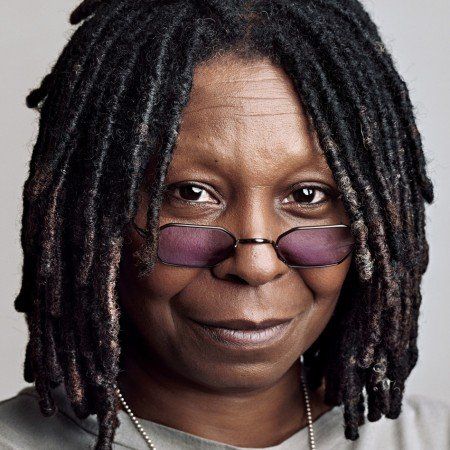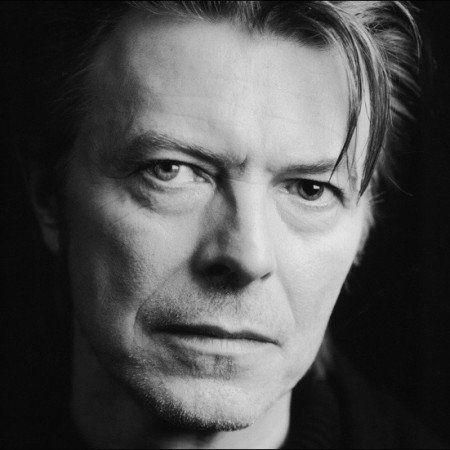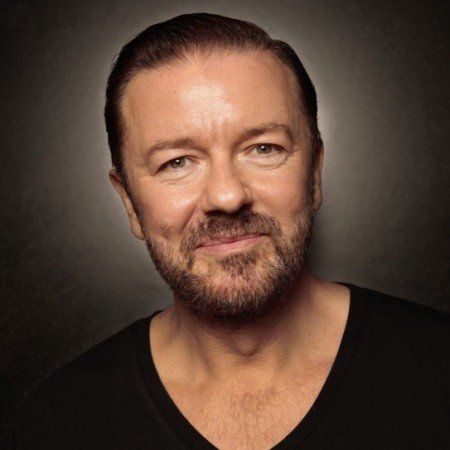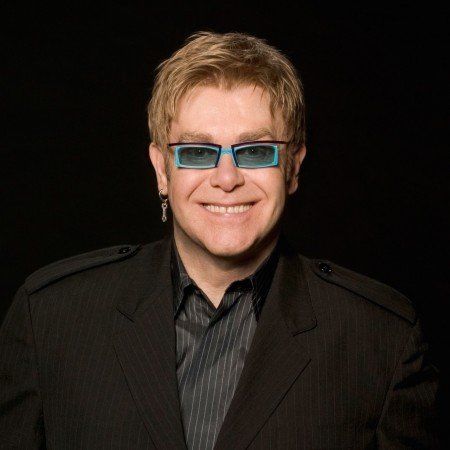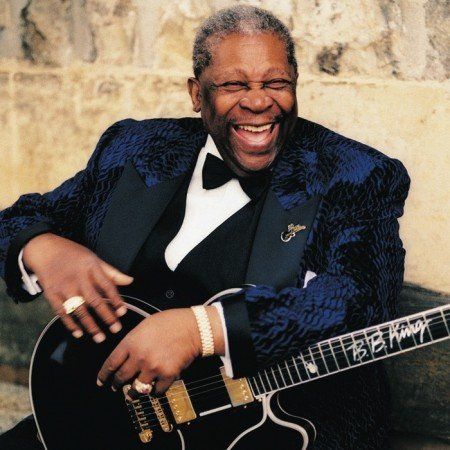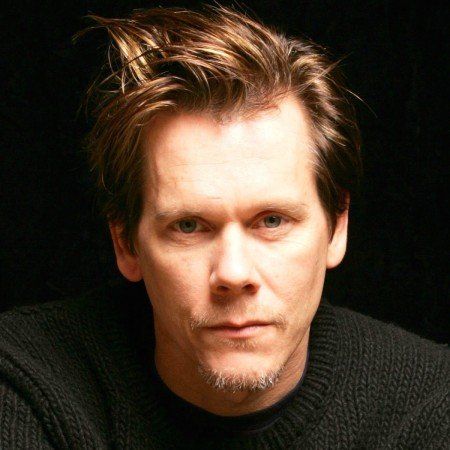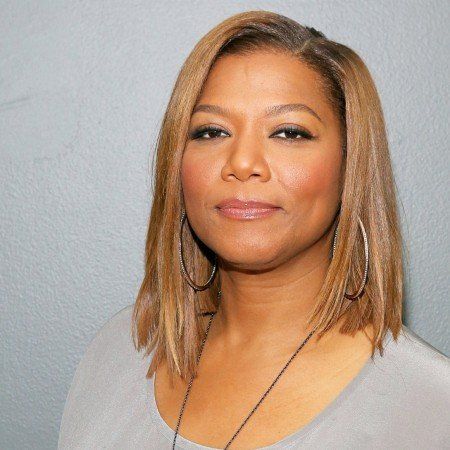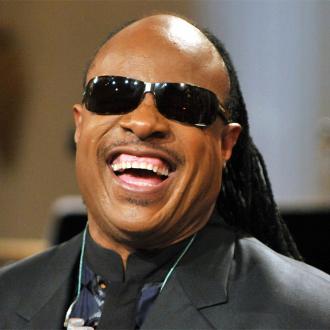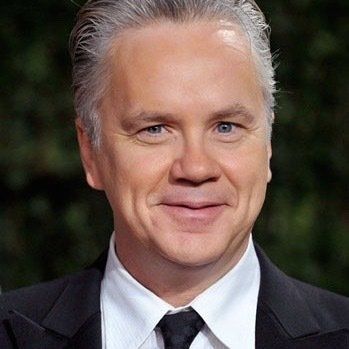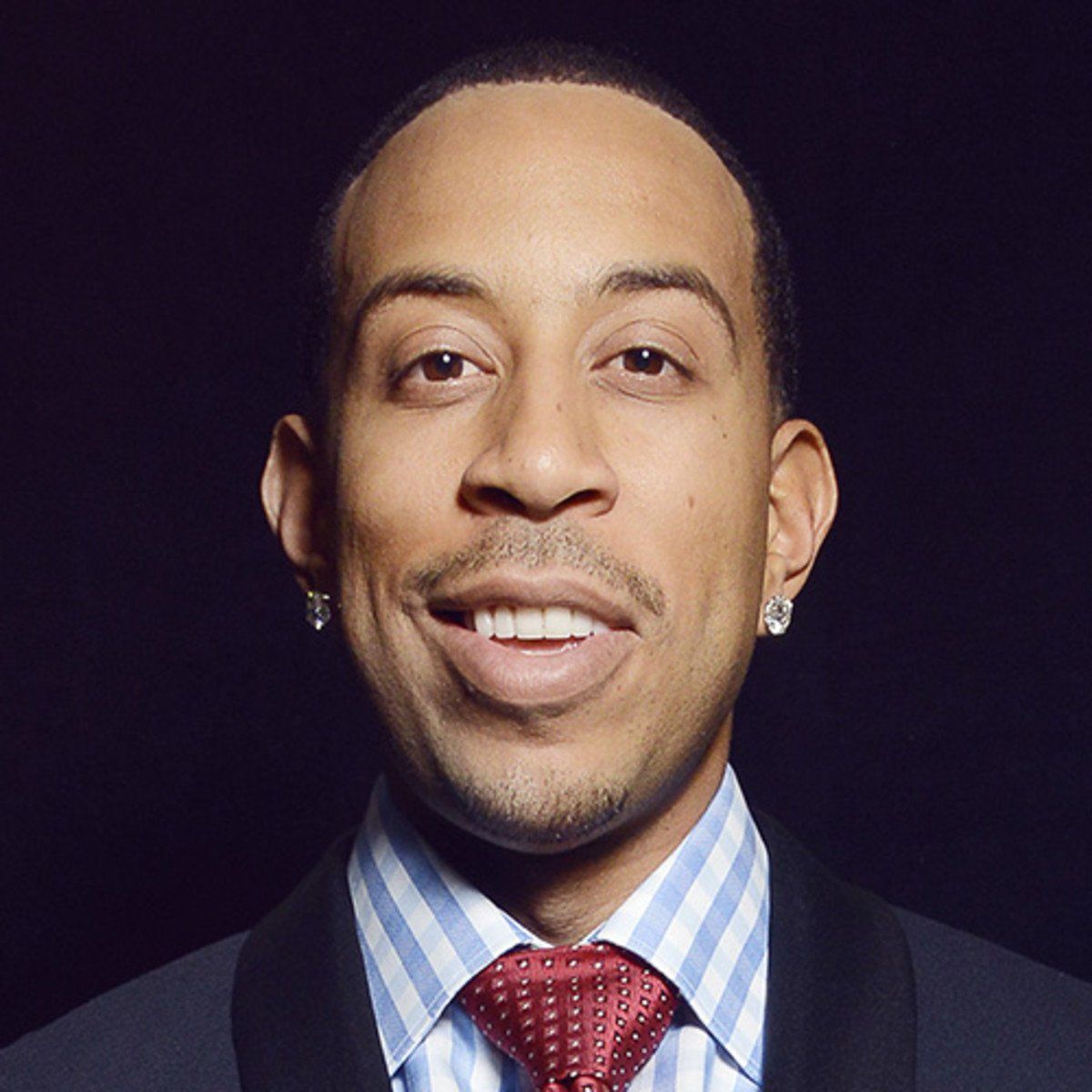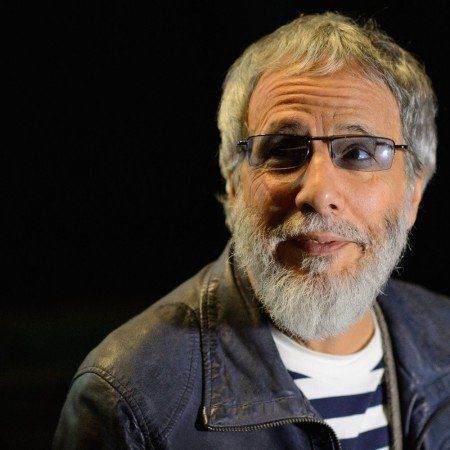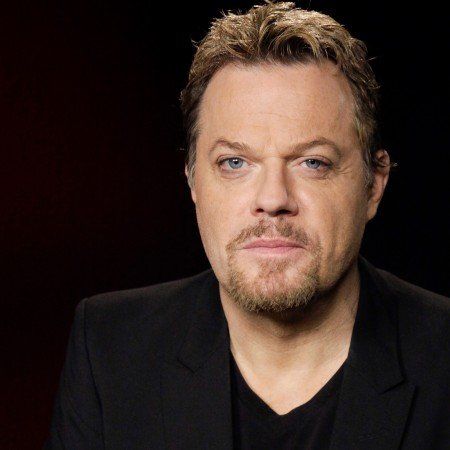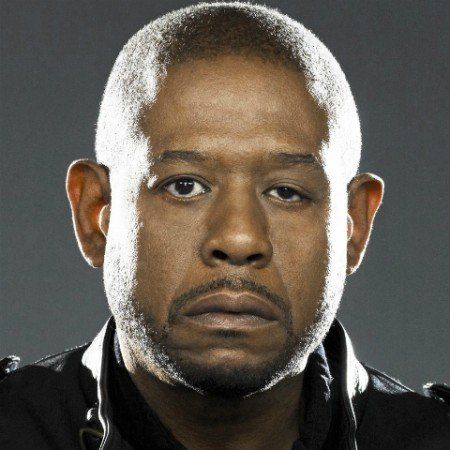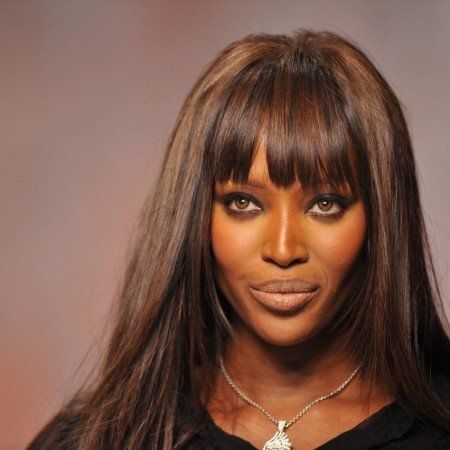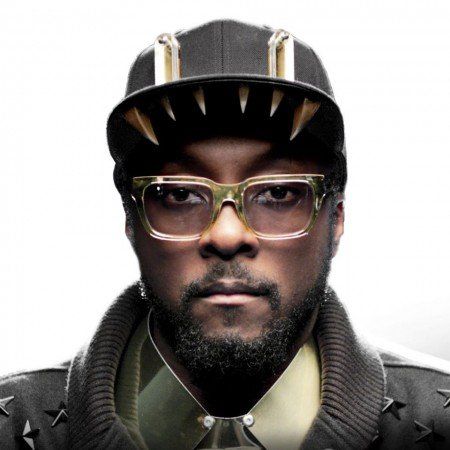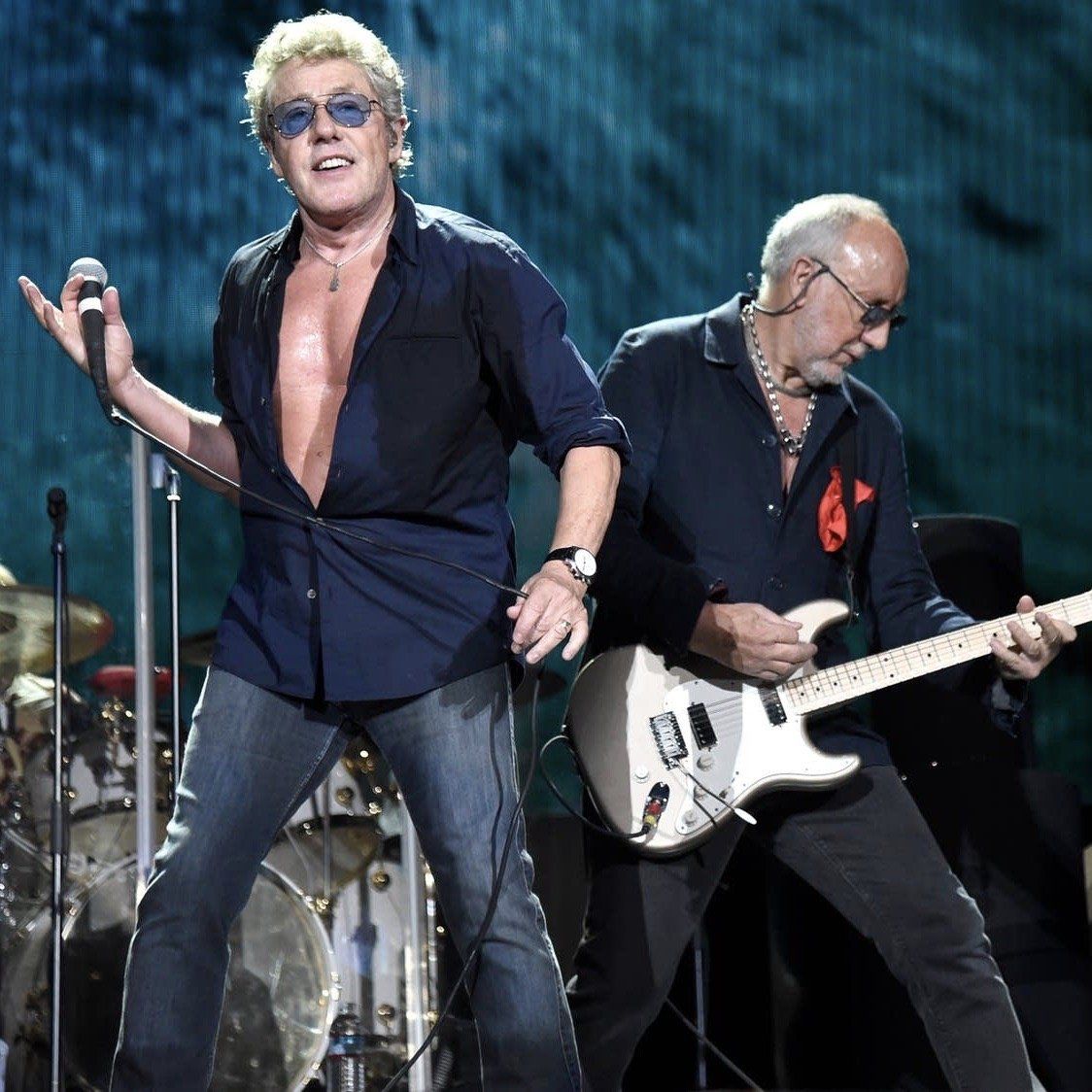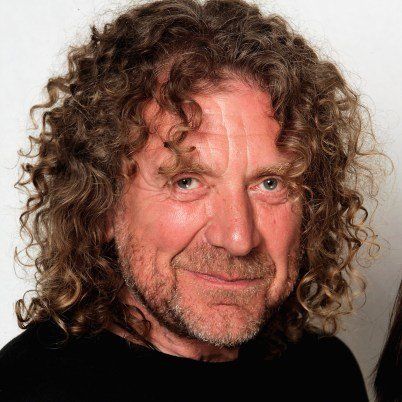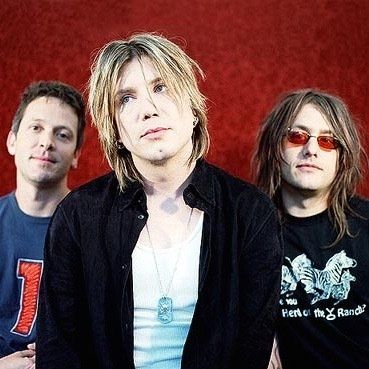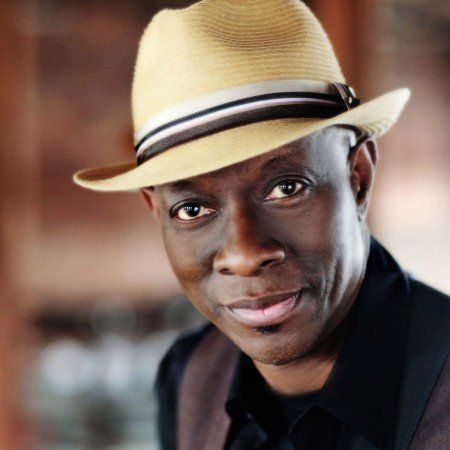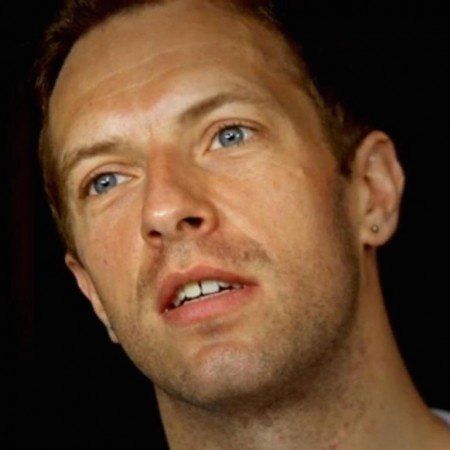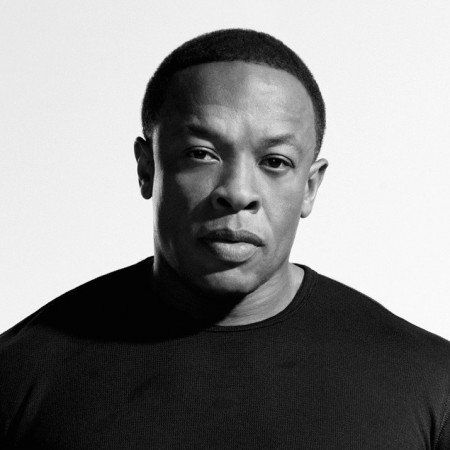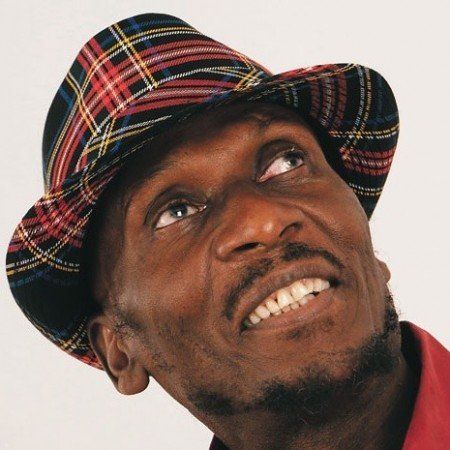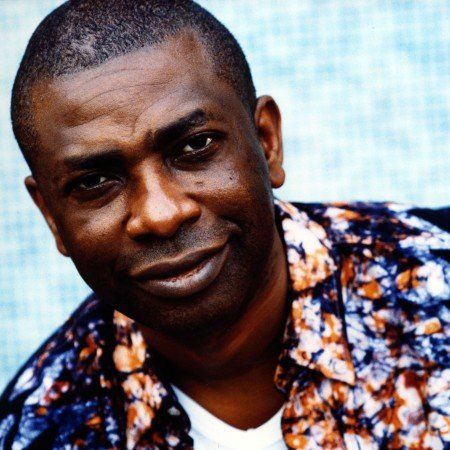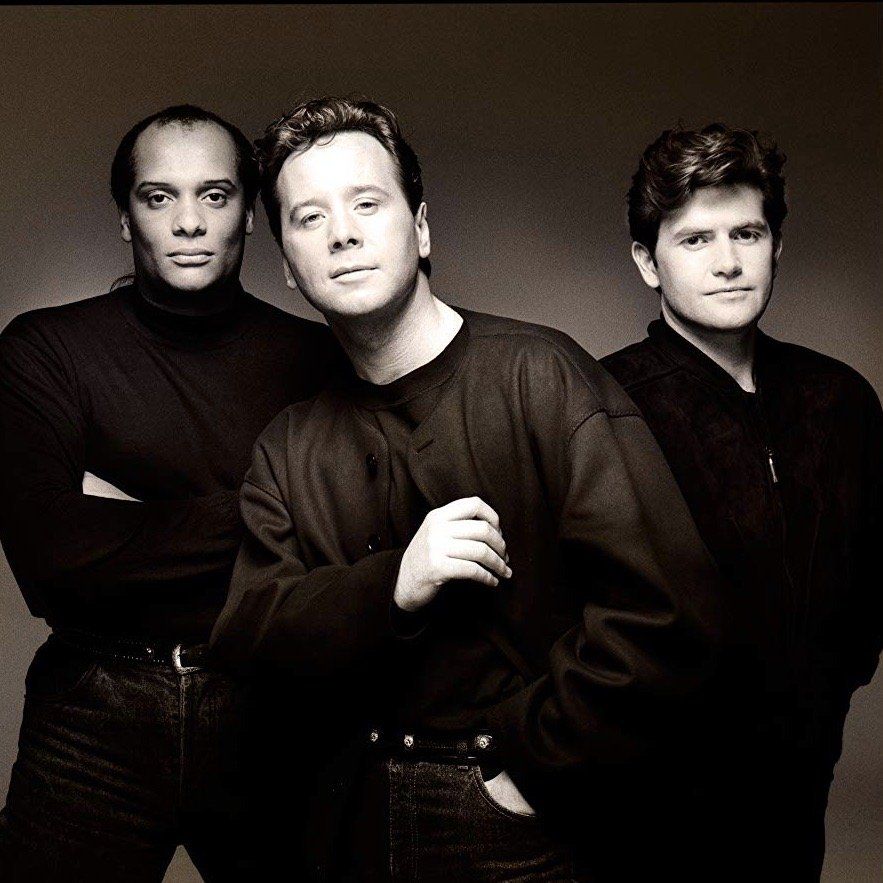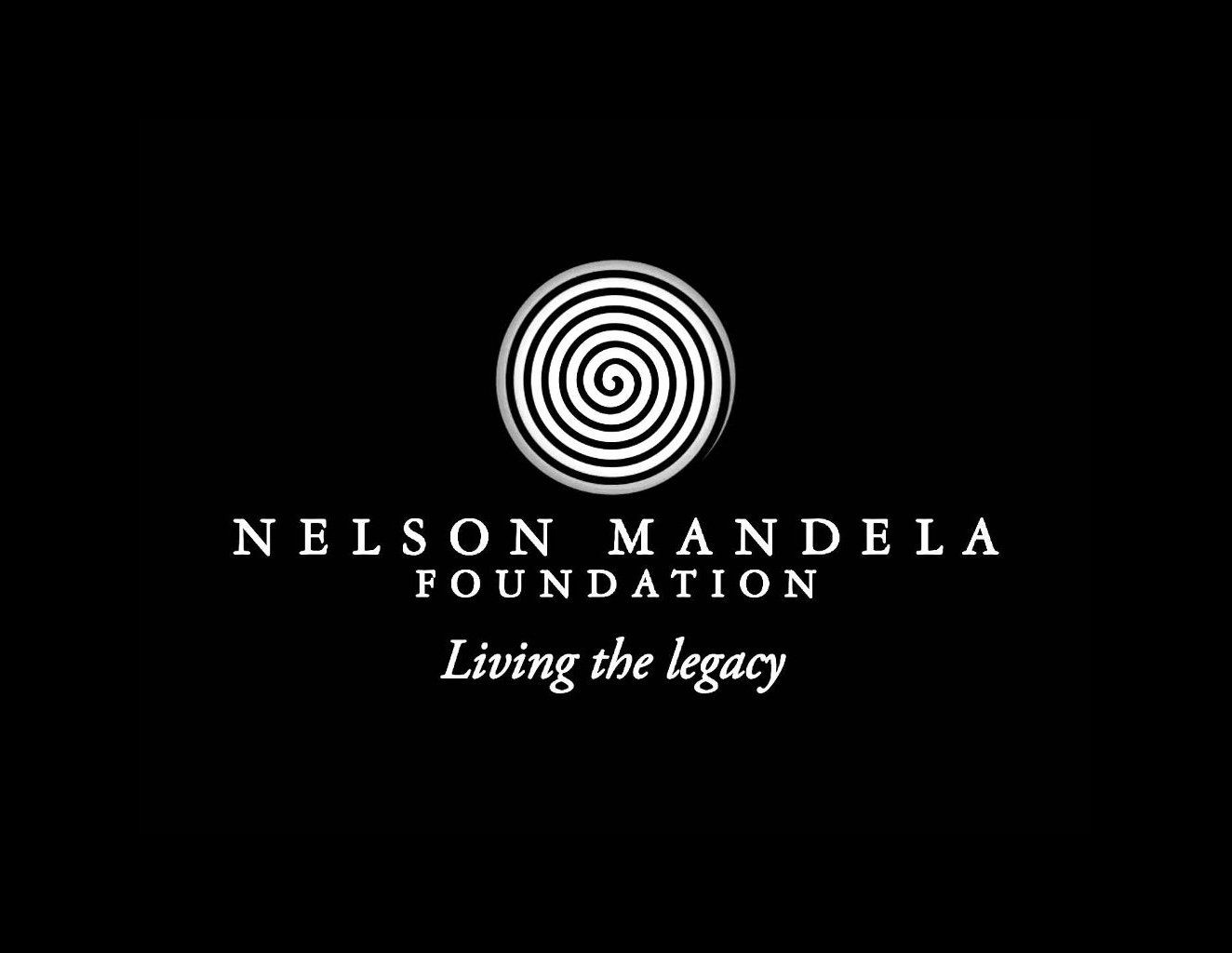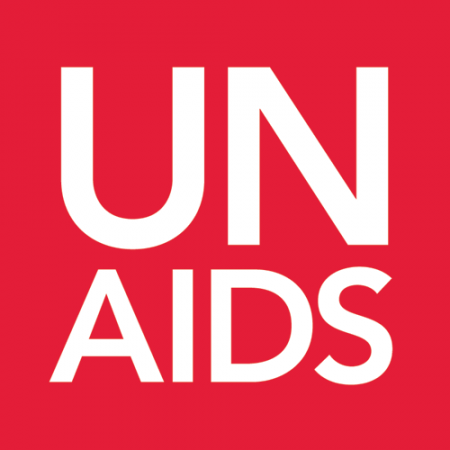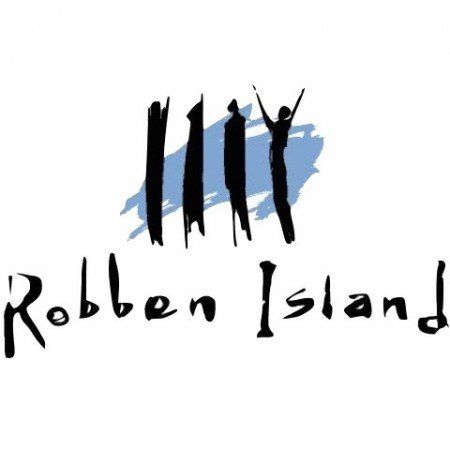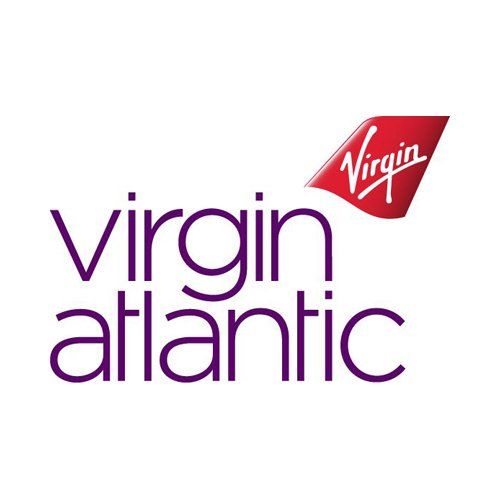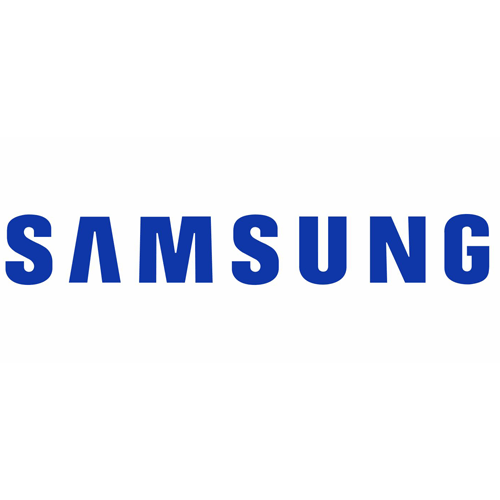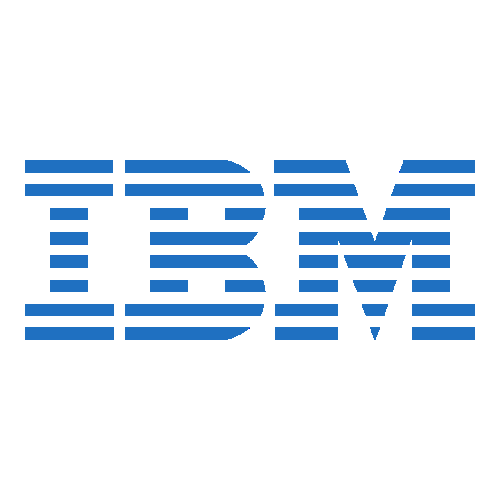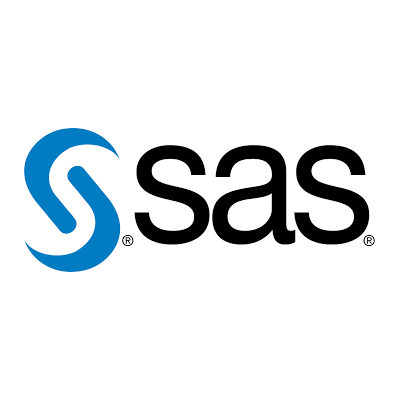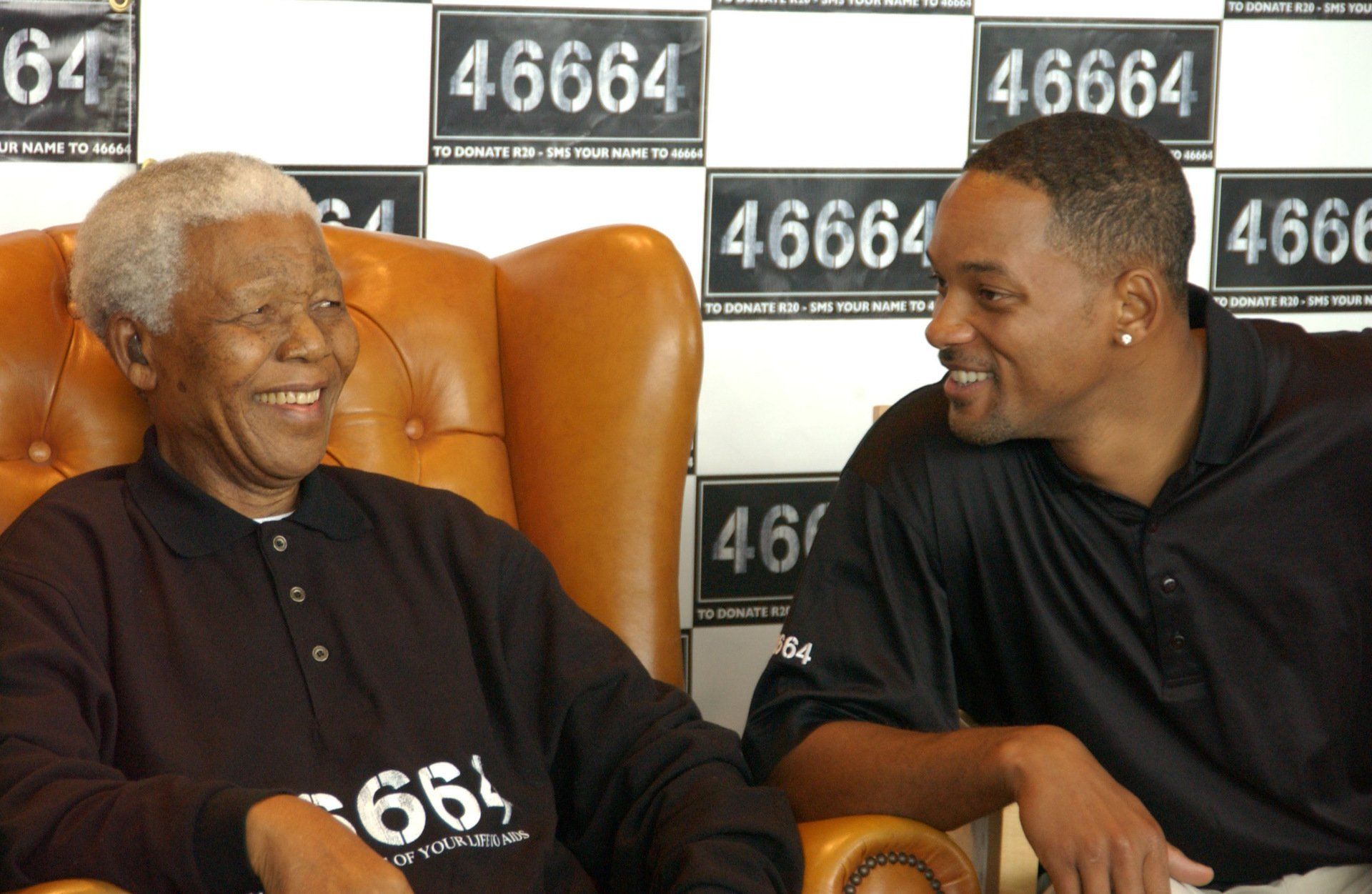
Slide title
Nelson Mandela and Will Smith
Button

Slide title
Nelson Mandela and Will Smith
Button

Slide title
Nelson Mandela and Will Smith
Button
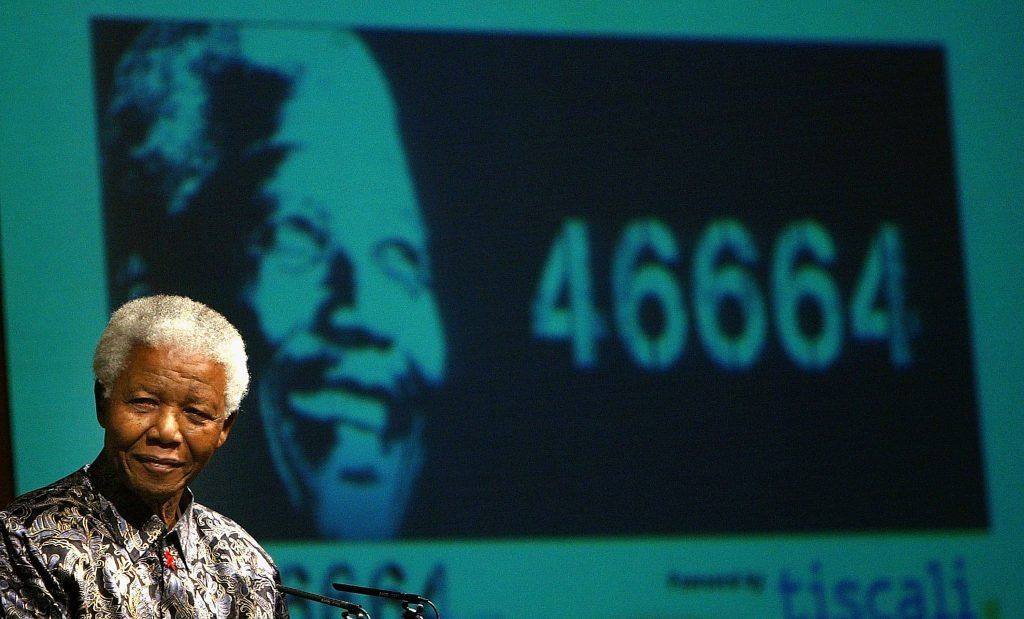
President Mandela promotes 46664 cause brand created by David Clark
ButtonSlide title
President Mandela addresses Cape Town crowd
Button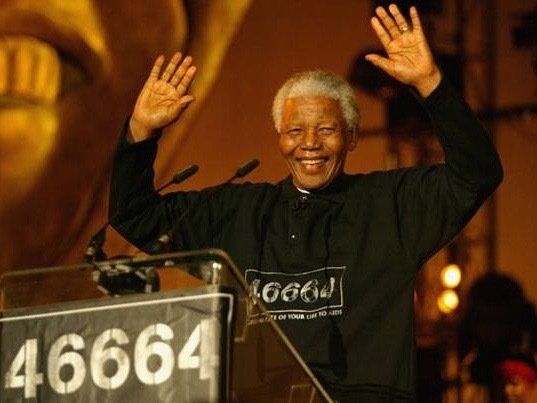
Slide title
President Mandela waves to the crowd
Button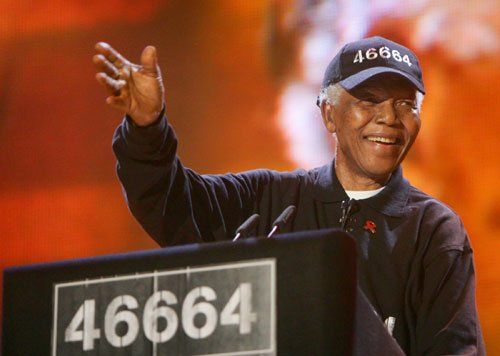
Slide title
President Mandela addresses SA crowd
Button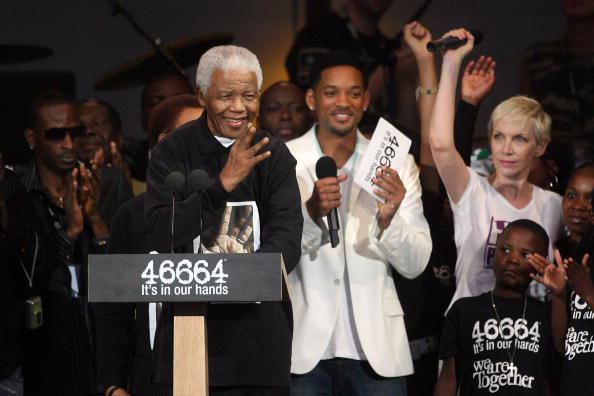
Slide title
President Mandela introduces Will Smith
Button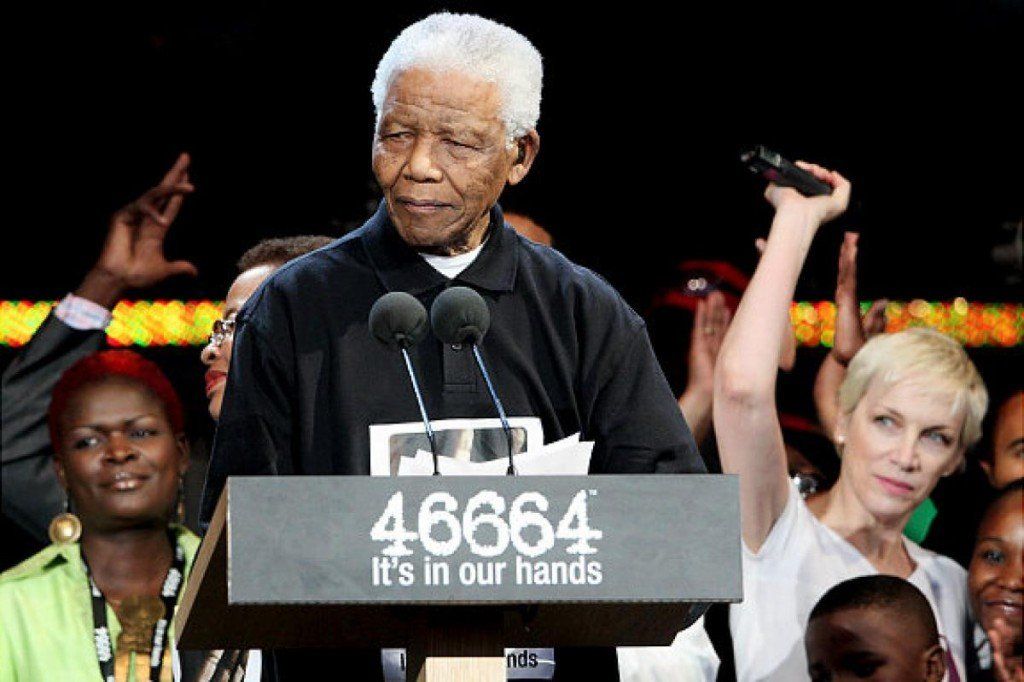
Slide title
President Mandela addresses crowd
Button

President Mandela promotes 46664 cause brand created by David Clark
ButtonSlide title
President Mandela addresses Cape Town crowd
Button
Slide title
President Mandela waves to the crowd
Button
Slide title
President Mandela addresses SA crowd
Button
Slide title
President Mandela introduces Will Smith
Button
Slide title
President Mandela addresses crowd
Button

President Mandela promotes 46664 cause brand created by David Clark
ButtonSlide title
President Mandela addresses Cape Town crowd
Button
Slide title
President Mandela waves to the crowd
Button
Slide title
President Mandela addresses SA crowd
Button
Slide title
President Mandela introduces Will Smith
Button
Slide title
President Mandela addresses crowd
Button
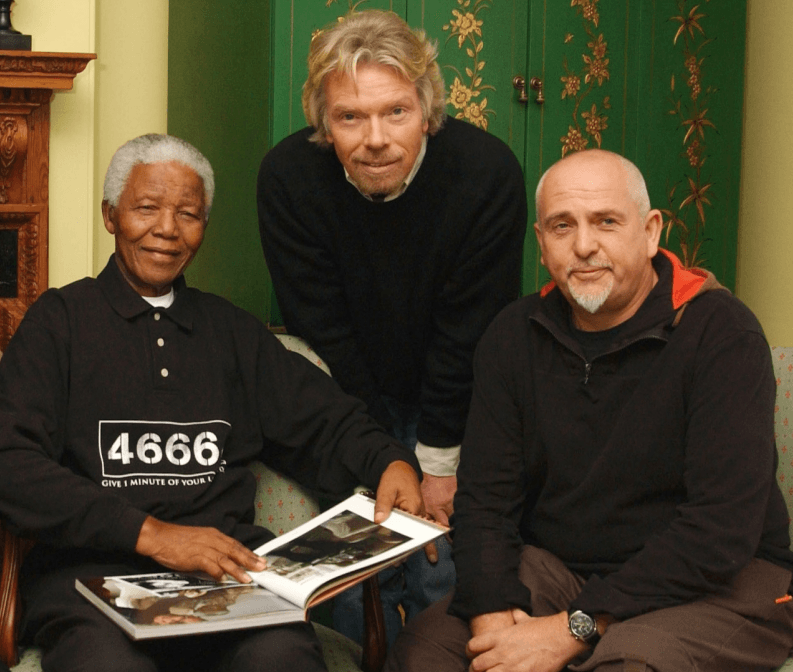
Slide title
President Mandela promotes 46664 book with Richard Branson and Peter Gabriel
Button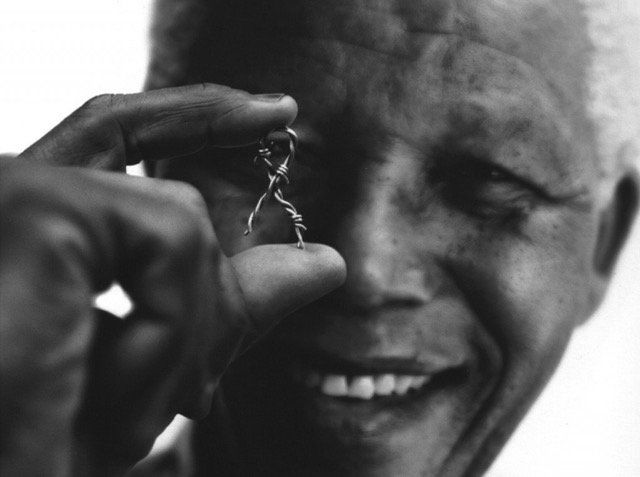
Slide title
President Mandela displays the Global Human Rights Symbol created by David Clark
Button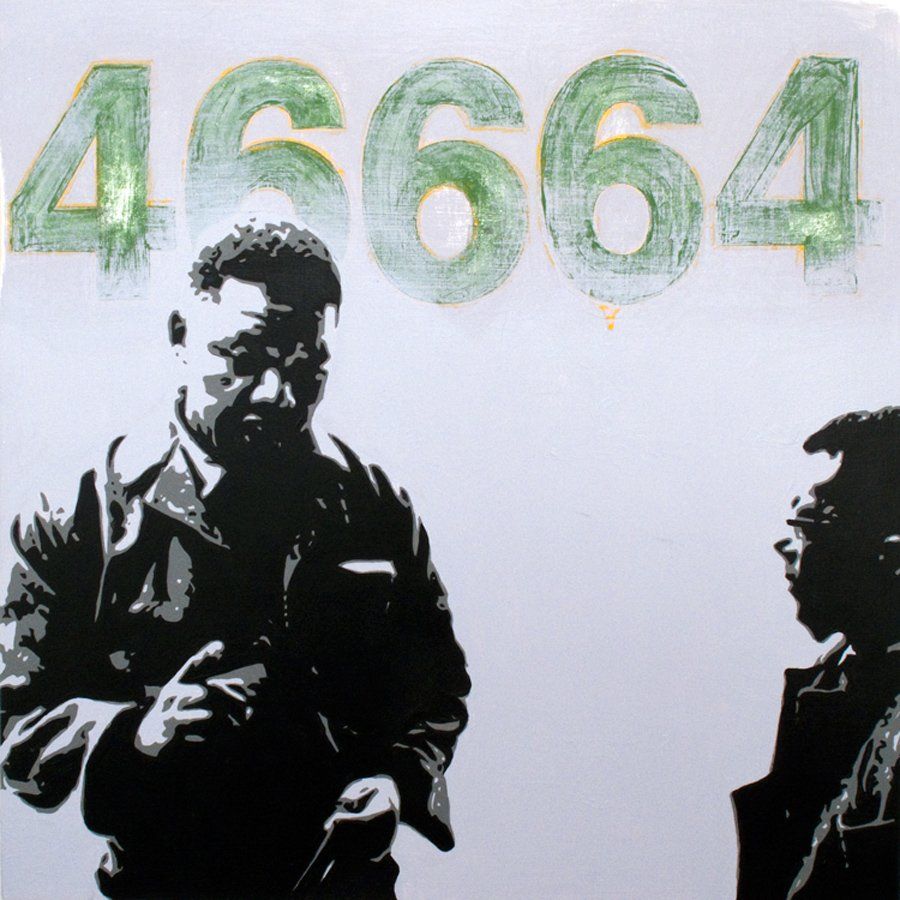
Slide title
President Mandela at Robben Island Prison
Button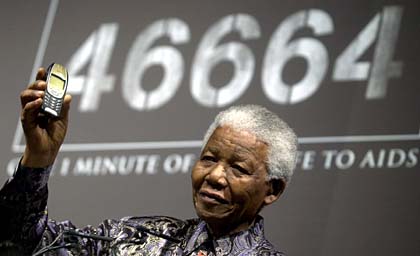
Slide title
President Mandela asks people to text donations
Button
Slide title
Archbishop Desmond Tutu greets 46664 creator David Clark prior to press event with President Mandela
Button

Slide title
President Mandela promotes 46664 book with Richard Branson and Peter Gabriel
Button
Slide title
President Mandela displays the Global Human Rights Symbol created by David Clark
Button
Slide title
President Mandela at Robben Island Prison
Button
Slide title
President Mandela asks people to text donations
Button
Slide title
Archbishop Desmond Tutu greets 46664 creator David Clark prior to press event with President Mandela
Button

Slide title
President Mandela promotes 46664 book with Richard Branson and Peter Gabriel
Button
Slide title
President Mandela displays the Global Human Rights Symbol created by David Clark
Button
Slide title
46664 Drawing
Button
Slide title
President Mandela asks people to text donations
Button
Slide title
Archbishop Desmond Tutu greets 46664 creator David Clark prior to press event with President Mandela
Button
MANDELA TAKES THE STAGE
MANDELA TAKES THE STAGE
MANDELA TAKES THE STAGE

Slide title
Bono and Edge perform in SA
Button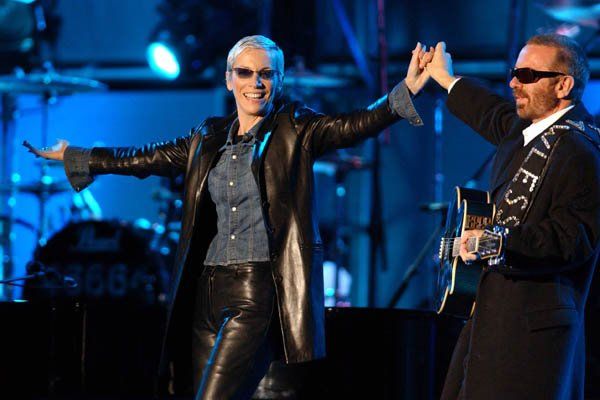
Slide title
The Eurythmics perform in SA
Button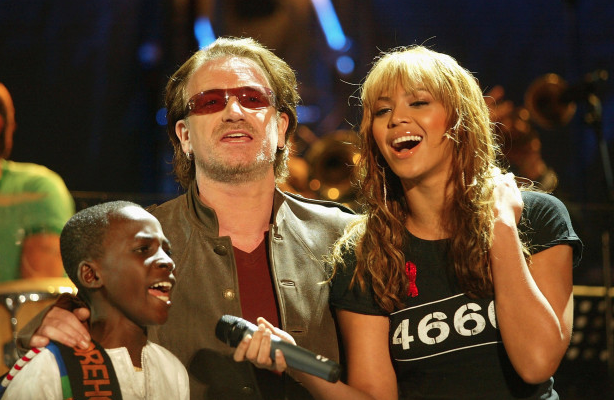
Slide title
Bono and Beyonce perform
Button
Slide title
President Mandela addresses crowd in Hyde Park
Button

Slide title
Bono and Edge perform in SA
Button
Slide title
The Eurythmics perform in SA
Button
Slide title
Bono and Beyonce perform
Button
Slide title
President Mandela addresses crowd in Hyde Park
Button

Slide title
Bono and Edge perform in SA
Button
Slide title
The Eurythmics perform in SA
Button
Slide title
Bono and Beyonce perform
Button
Slide title
President Mandela addresses crowd in Hyde Park
Button
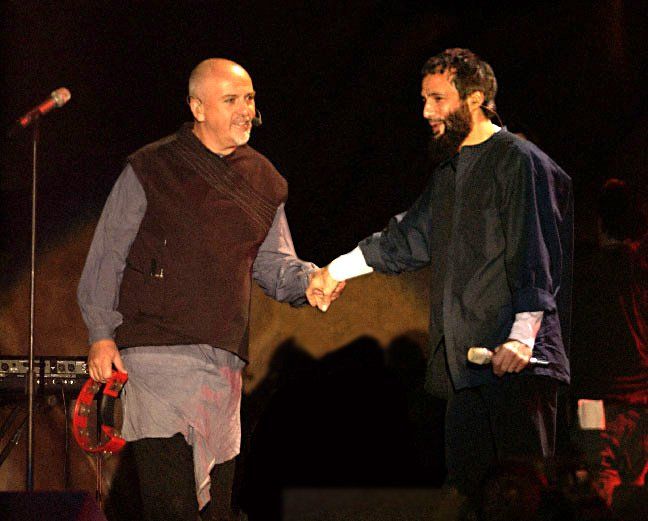
Slide title
Peter Gabriel welcomes Yusuf Islam (aka Cat Stevens) to the stage
Button
Slide title
The Crowd at Green Point Stadium in SA
Button
Slide title
Peter Gabriel performs "Biko"
Button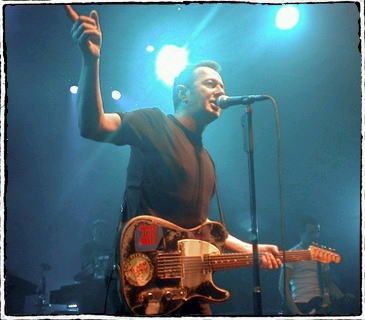
Slide title
Joe Strummer's last song
Button

Slide title
Peter Gabriel welcomes Yusuf Islam (aka Cat Stevens) to the stage
Button
Slide title
The Crowd at Green Point Stadium in SA
Button
Slide title
Peter Gabriel performs "Biko"
Button
Slide title
Joe Strummer's last song
Button

Slide title
Peter Gabriel welcomes Yusuf Islam (aka Cat Stevens) to the stage
Button
Slide title
The Crowd at Green Point Stadium in SA
Button
Slide title
Peter Gabriel performs "Biko"
Button
Slide title
Joe Strummer's last song
Button
46664 CONCERTS
46664 CONCERTS
46664 CONCERTS
SUPPORTERS
-
Nelson Mandela
Button -
Bill Clinton
Button -
Tony Blair
Button -
Gordon Brown
Button -
Kate Middleton
Button -
Archbishop Tutu
Button -
Bono
Button -
The Edge
Button -
Oprah Winfrey
Button -
Richard Branson
Button -
Paul McCartney
Button -
Beyoncé
Button -
Annie Lenox
Button -
Morgan Freeman
Button -
Jada Pinkett Smith
Button -
Jennifer Lopez
Button -
Peter Gabriel
Button -
Joe Strummer
Button -
Amy Winehouse
Button -
Robert DeNiro
Button -
Brad Pitt
Button -
Whoopi Goldberg
Button -
Queen
Button -
David Bowie
Button -
Shakira
Button -
Ricky Gervais
Button -
Elton John
Button -
P!nk
Button -
B. B. King
Button -
Sharon Corr
Button -
Kevin Bacon
Button -
Queen Latifah
Button -
Stevie Wonder
Button -
Susan Sarandon
Button -
Tim Robbins
Button -
Will Smith
Button -
Ludacris
Button -
Yusuf Islam
Button -
Eddie Izzard
Button -
Forest Whitaker
Button -
Naomi Campbell
Button -
will.i.am
Button -
The Who
Button -
Joan Baez
Button -
Robert Plant
Button -
Goo Goo Dolls
Button -
Britney Spears
Button -
Keb Mo
Button -
Chris Martin
Button -
Dr. Dre
Button -
Jimmy Cliff
Button -
Bob Geldof
Button -
Youssou N’Dour
Button -
Robert Plant
Button
Simple Minds
Button
David Clark Cause, Inc.

